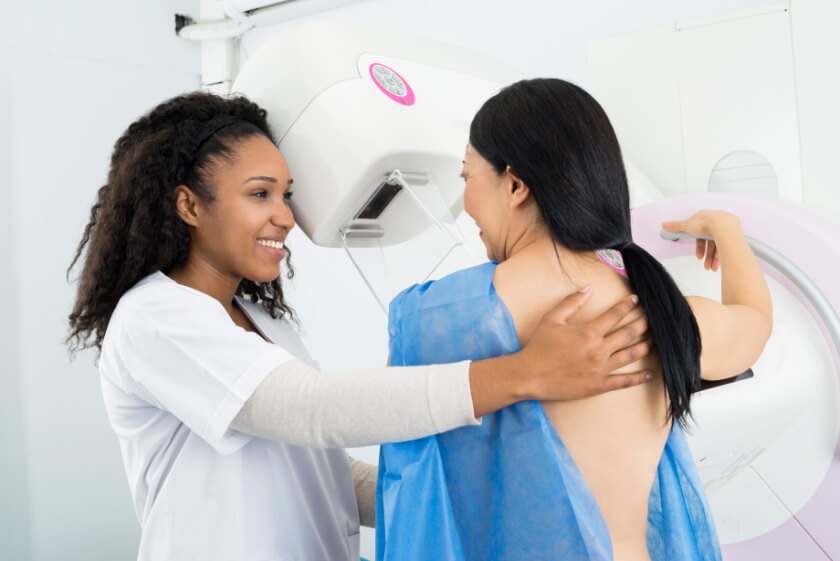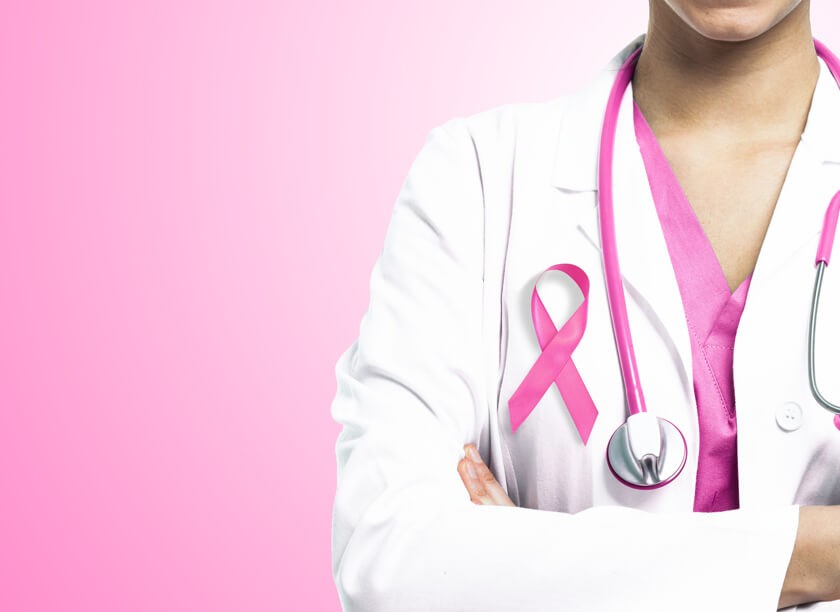
You Deserve the Benefits of a 3D Mammogram

This year your physician may suggest you make a change. Instead of a traditional mammogram, the type you have read about or experienced for yourself at a radiology center, the doctor may want to take advantage of emerging technology that provides a more comprehensive and in-depth view of breast tissue.
About 1 in 8 women will be diagnosed with invasive breast cancer this year and there are an estimated 246,660 new cases annually.
This disease affects men, as well, with about 2,600 new cases each year. Early detection offers the best chance of survival and that requires a trip to a diagnostic imaging center for a mammogram. What makes the 3D mammogram different from traditional imaging, though, and what is the benefit?
How does a 3D Mammogram work?
Although RAI has offered digital 2D mammography to their patients for years, traditional, or 2D, mammograms use x-rays to scan breast tissue looking for irregularities and were stored on hard films for future reference. 3D mammograms work basically the same way with two important distinctions – images are stored digitally and hundreds of images are taken to analyze breast health. A digital file offers more flexible viewing allowing radiologists to use computer imaging software to see the different layers of breast tissue.
What are the benefits of a 3D Mammogram?
A 3D mammogram captures multiple layers of tissue from many different angles. The combination of digital storage and multi-layer imaging allows the radiologist to examine the tissue one slice at a time – think of flipping pages on an e-reader. Instead of having one image on a piece of film to analyze with traditional 2D mammography, doctors now have hundreds of images and can go layer by layer looking for potential problems.
With a 3D mammogram, there is:
- More intense analysis – The digital files are analyzed by both a radiologist and a computer for better detection of anomalies.
- Electronic storage – This allows for more than one physician to easily view the original image.
- Better clarity – Breast tissue is seen layer by layer for enhanced visibility. The image can be digitally enhanced, as well, for a clearer picture of the breast.
- Less exposure to radiation – Even though the 3D mammogram takes more images, the patient’s exposure to radiation drops by 22 percent, according to the American College of Radiology.
Often the imaging center will do both types of the mammogram and use them together to get a full view of the breast tissue.
How effective is a 3D Mammogram?
The initial statistics show the combination of 2D and 3D mammograms has increased breast cancer detection by more than 40 percent. The use of digital imaging has led to a dip in false positives that require patients to get a second set of images or more tests.
A callback means the radiologist found something suspicious on the mammogram and it needs further investigation. These callbacks are both costly and cause unnecessary stress for the patient. In some cases, the patient must go through an invasive biopsy just to rule out a problem. Only about 10 percent of callbacks lead to a diagnosis of breast cancer.
Who is a good candidate for a 3D Mammogram?
Not everyone may need the power of 3D for their mammogram, but it is highly recommended for certain groups such as:
- Patients with a family history of breast cancer
- Women with dense breast tissue
- Women who have yet to go through menopause or have been menopauses for less than a year
It’s possible that your doctor may suggest a 3D mammogram even if you don’t fall into one of these categories, but ask for one if you do. The combination of regular breast exams and high-quality imaging at a radiology center is the front of defense against breast cancer.




